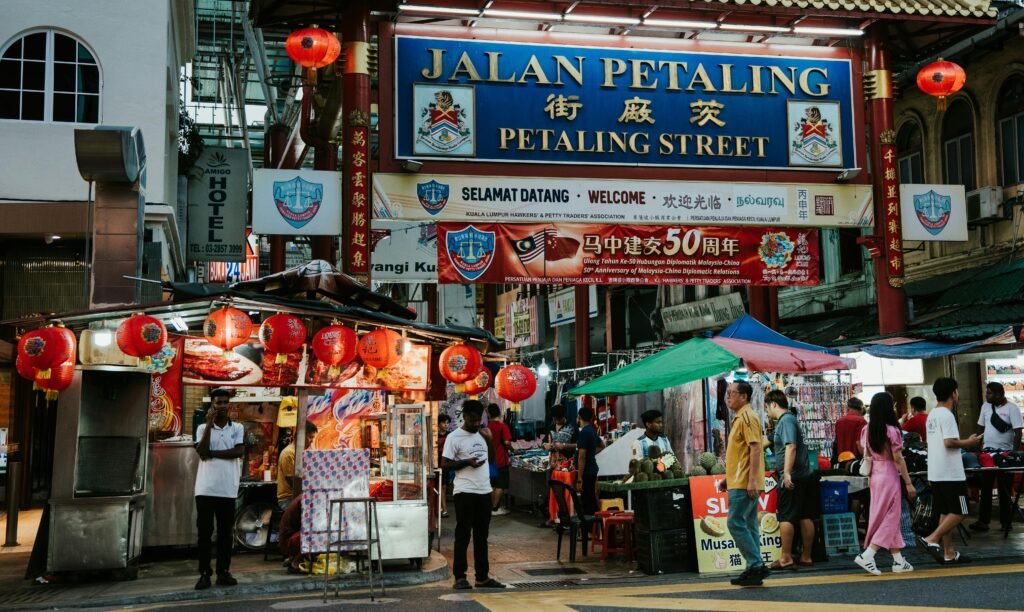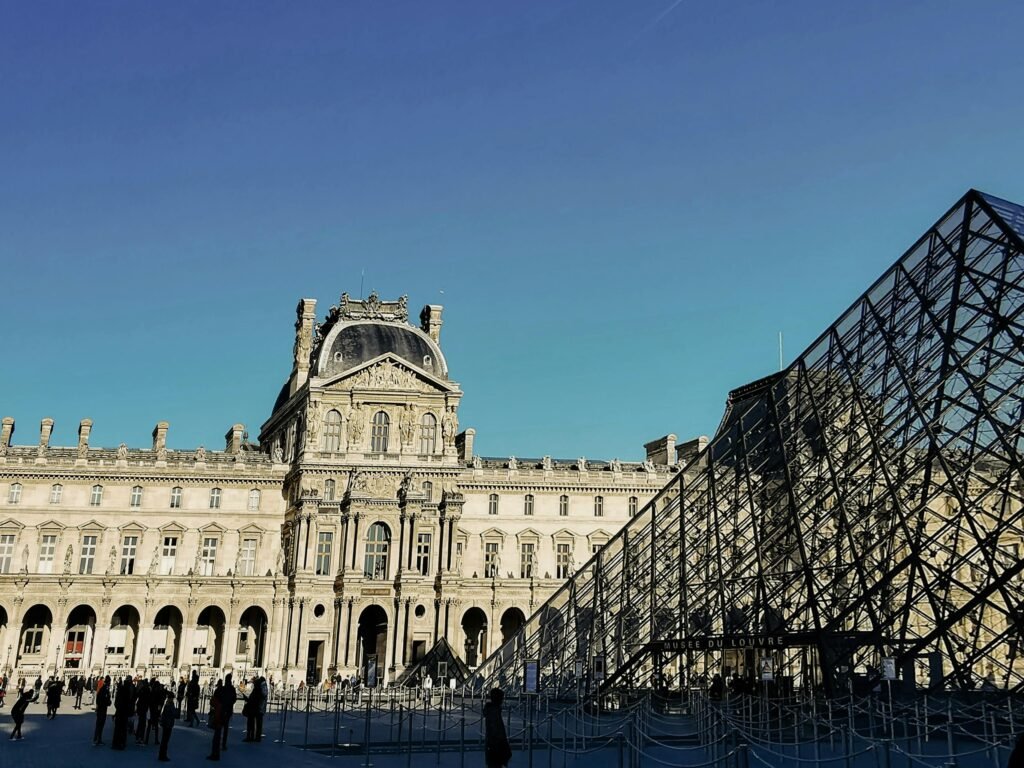
Why Are They Called Flea Markets?
Why Are They Called Flea Markets?
Flea markets have become a staple of urban and rural life across the globe, celebrated for their eclectic mix of goods, from antiques and collectibles to handcrafted items and second-hand treasures. Despite their widespread popularity and cultural significance, many people remain curious about the origins of their intriguing name. This article delves into the history, cultural impact, and modern evolution of flea markets, providing a comprehensive understanding of why they are called “flea markets.”
If you want to know more about Marketing click here
1. The Concept of Flea Markets
Before exploring the origins of the term, it’s essential to understand what flea markets are. Flea markets are dynamic marketplaces where vendors sell a variety of goods, including second-hand items, antiques, vintage finds, crafts, and more. These markets can be temporary or permanent, held indoors or outdoors, and are known for their vibrant and often chaotic atmosphere.

1.1 Characteristics of Flea Markets
Flea markets are distinguished by their:
- Diversity: A wide range of products, from vintage clothing to rare antiques.
- Negotiation: Bargaining is common, with vendors and shoppers often haggling over prices.
- Community Feel: They often reflect the local culture and community spirit.
2. The Origin of the Term “Flea Market”
The term “flea market” is rooted in historical and linguistic traditions, primarily tracing back to France. Understanding the evolution of this term requires a look into the history of marketplaces and their changing reputations over time.
2.1 The French Connection
The name “flea market” is derived from the French term “marché aux puces,” which translates to “market with fleas.” This term originated in Paris in the late 19th and early 20th centuries.

2.2 Historical Context
The marché aux puces refers to markets that sold second-hand goods, often located on the outskirts of Paris. The items sold at these markets were typically old and worn, leading to the association with fleas. The term was initially somewhat disparaging, reflecting the perception that these markets were places where less desirable items were sold.
2.3 Evolution of the Term
Over time, the term “marché aux puces” became more neutral, and the markets themselves evolved into vibrant, bustling hubs of trade. The negative connotations associated with the name faded, and it became a term of endearment for a marketplace rich in history and character.
3. Flea Markets Around the World
Flea markets are not confined to France; they exist globally, each with unique characteristics influenced by local cultures and traditions.
3.1 European Flea Markets
In Europe, flea markets are known by various names and have distinct features:
- Germany: Called “Trödelmärkte,” these markets offer a range of goods, including antiques and collectibles.
- Spain: Known as “mercadillos,” Spanish flea markets are often held in town squares and offer a mix of goods.

3.2 Asian Flea Markets
In Asia, flea markets are often vibrant and bustling. For instance:
- Thailand: The Chatuchak Market in Bangkok is one of the largest flea markets in the world, known for its vast array of goods and lively atmosphere.
- Japan: Flea markets such as Tokyo’s “Odaiba Flea Market” feature both traditional and modern items, reflecting Japan’s rich cultural heritage.

4. Cultural and Economic Impact
Flea markets are more than just shopping destinations; they have significant cultural and economic impacts.
4.1 Cultural Significance
Flea markets often reflect the local culture and traditions. They are places where regional crafts, antiques, and foods can be found, providing insights into the community’s heritage and values.

4.2 Economic Benefits
Economically, flea markets contribute to local economies by:
- Supporting Small Businesses: Many vendors are small business owners or individual entrepreneurs.
- Providing Affordable Goods: They offer a range of goods at various price points, making them accessible to a wide audience.
- Creating Jobs: They generate employment opportunities for vendors and market staff.

5. The Modern Flea Market Experience
The traditional concept of flea markets has evolved to include modern trends and technologies.
5.1 Online Flea Markets
With the rise of digital commerce, online flea markets have become increasingly popular. Platforms like eBay and Etsy offer virtual flea markets, allowing users to buy and sell second-hand goods and antiques online.

5.2 Sustainable Shopping
Modern flea markets align with the growing trend toward sustainability. By purchasing second-hand items, consumers contribute to reducing waste and promoting a circular economy.
6. Tips for Navigating Flea Markets
If you’re new to flea markets or looking to enhance your experience, consider these tips:
6.1 Arrive Early
To get the best selection of items, try to arrive early. Many vendors set up their stalls before the market officially opens.
6.2 Bring Cash
While some vendors accept credit cards, many flea markets operate on a cash-only basis.
6.3 Wear Comfortable Shoes
Flea markets can involve a lot of walking, so be sure to wear comfortable footwear.
6.4 Be Prepared to Negotiate
Don’t be afraid to haggle over prices. Negotiation is often part of the flea market experience.
6.5 Inspect Items Carefully
Since many items are second-hand, it’s important to inspect them carefully before making a purchase.
7. The Future of Flea Markets
As flea markets continue to adapt, several trends are shaping their future:
7.1 Integration with Technology
Flea markets are increasingly incorporating technology, from online platforms to digital payment options, enhancing the shopping experience.
7.2 Focus on Authenticity
There is a growing emphasis on authenticity and provenance, with vendors and shoppers alike valuing genuine, well-crafted items.
7.3 Community Engagement
Flea markets are becoming hubs for community engagement, offering events and activities that bring people together and support local causes.
Conclusion
In conclusion, the term “flea market” has a rich history that reflects the evolution of marketplaces from their origins in France to their global presence today. While the term originally had negative connotations, it has transformed into a term of endearment, symbolizing vibrant, diverse, and dynamic marketplaces where unique finds and bargains abound.
Understanding why flea markets are called what they are adds depth to our appreciation of these cultural and economic phenomena. Whether you’re a seasoned flea market enthusiast or a curious newcomer, exploring these markets offers a unique glimpse into local culture, history, and the art of treasure hunting.

